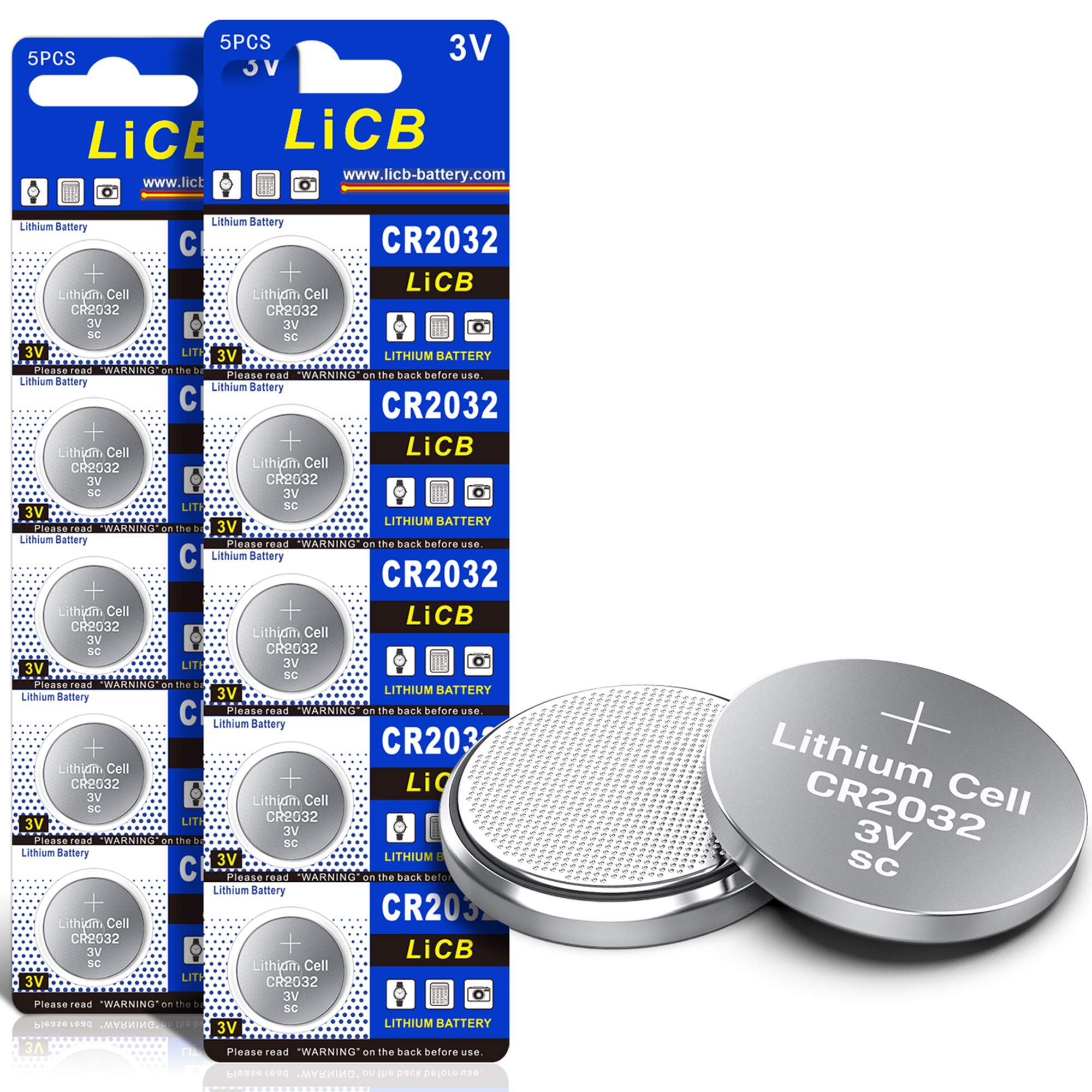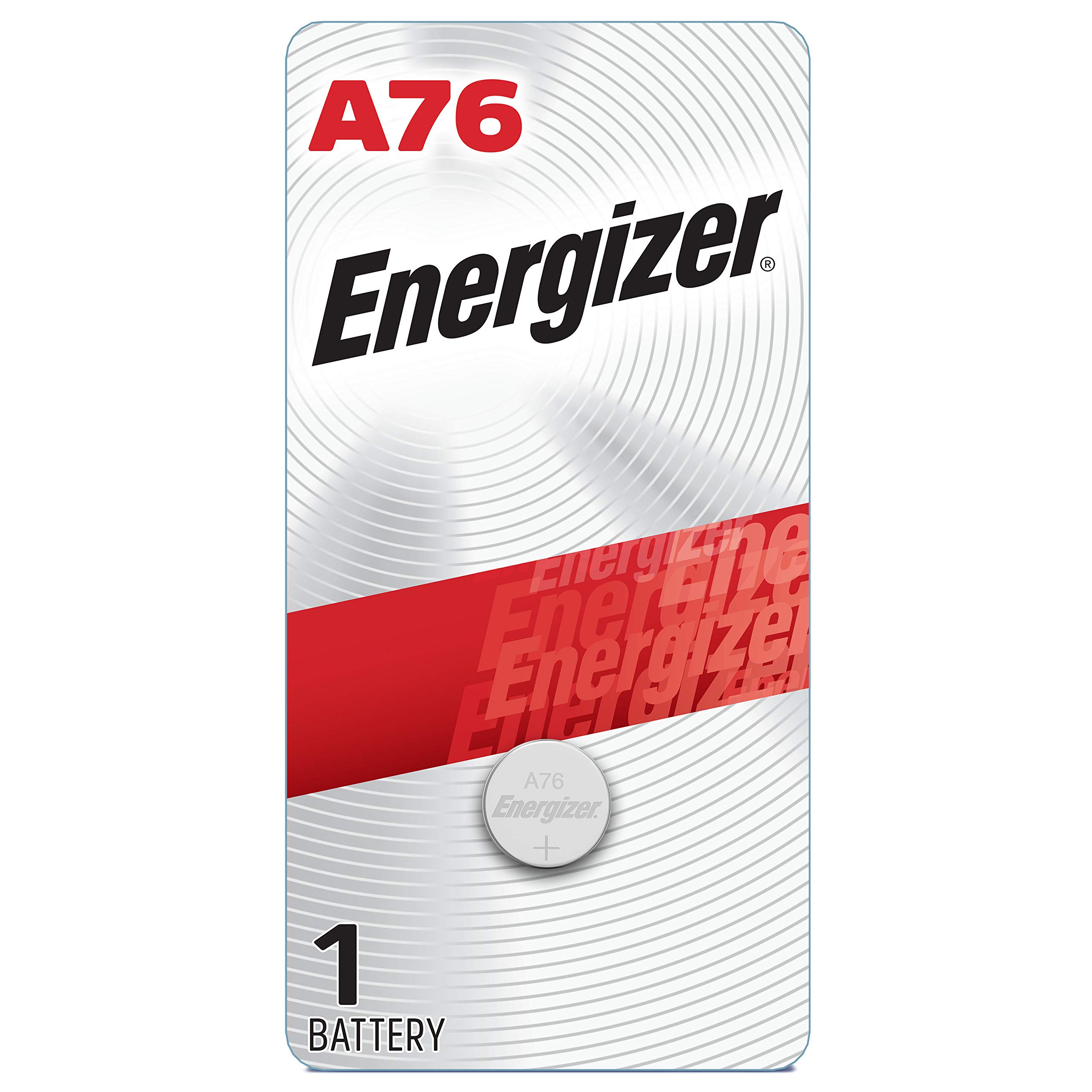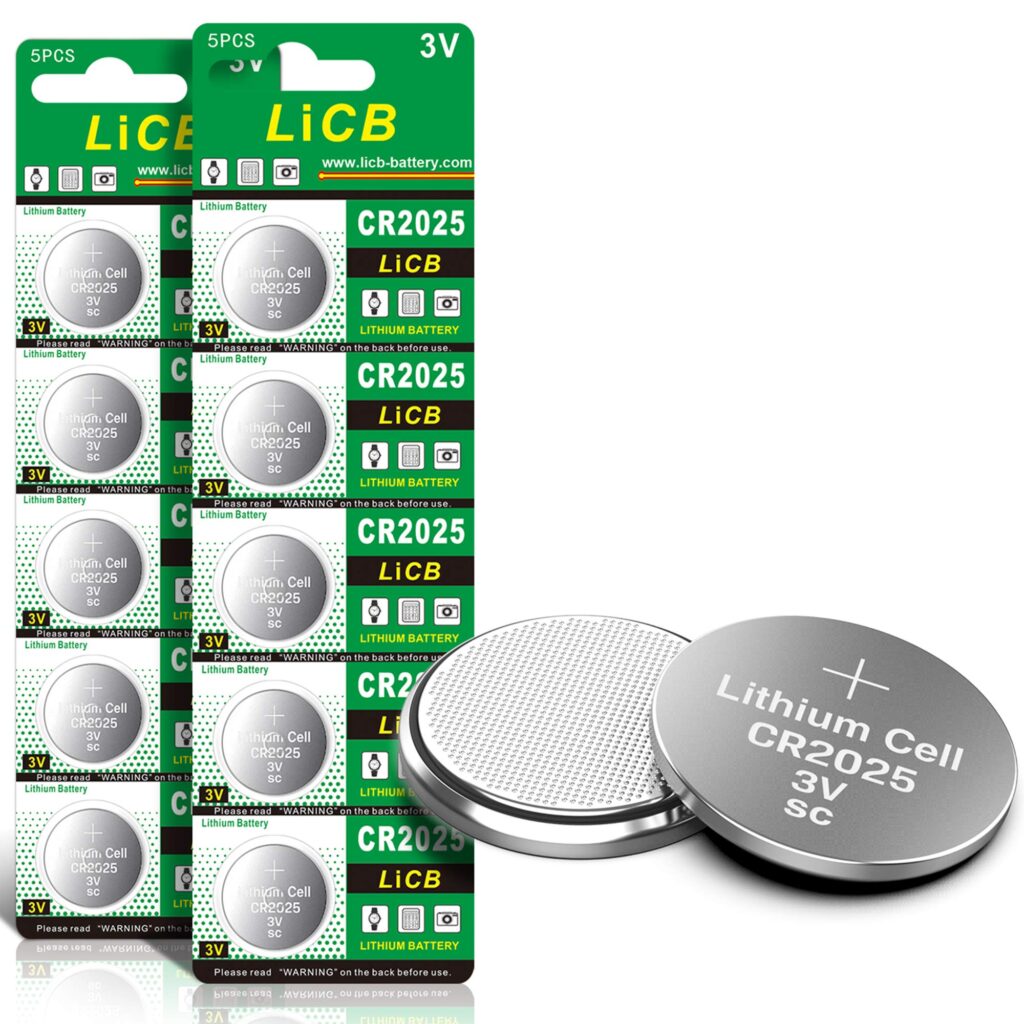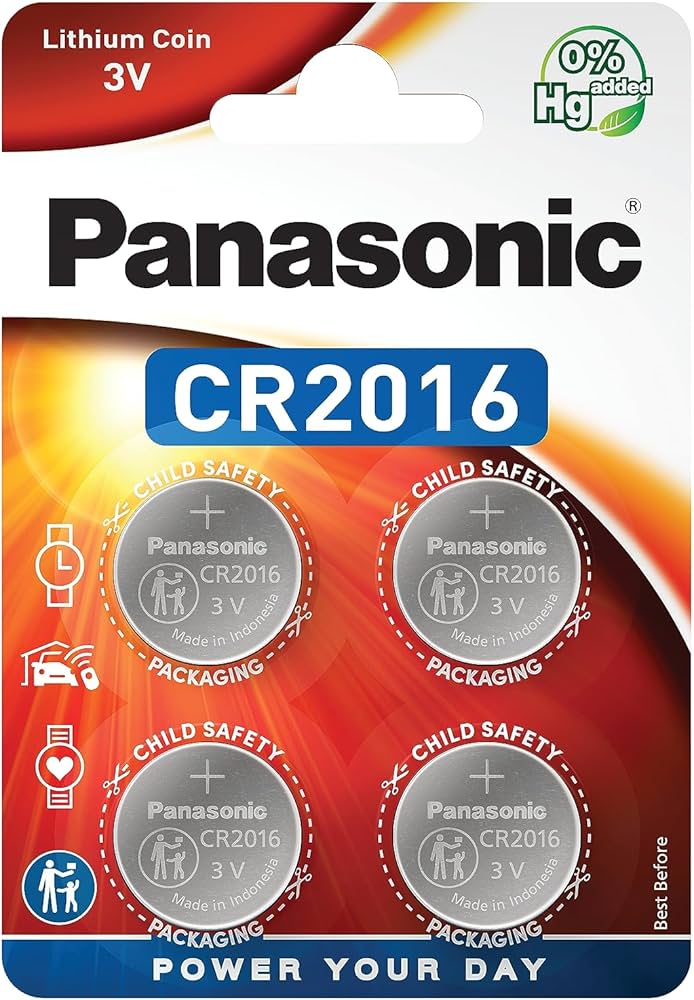In todays technologically driven world, batteries play a crucial role in powering a myriad of devices. Among the most commonly used batteries are the CR2032 and A76, which serve different purposes and cater to various gadgets. The CR2032 is a popular lithium coin cell battery, often found in devices that require a small, long-lasting power source, such as watches, calculators, and computer motherboards. In contrast, the A76 is an alkaline button cell battery, typically used in small electronic devices like toys, flashlights, and some remote controls. This article aims to provide a comprehensive comparison between the CR2032 and A76 batteries, helping consumers make informed decisions based on their specific needs.
Detailed Comparison Table
| Feature | CR2032 | A76 |
|---|---|---|
| Image |  |
 |
| Chemistry | Lithium | Alkaline |
| Voltage | 3 Volts | 1.5 Volts |
| Capacity | ~220mAh | ~105mAh |
| Size | 20mm diameter x 3.2mm height | 11.6mm diameter x 5.4mm height |
| Applications | Watches, Calculators, Motherboards | Toys, Flashlights, Remotes |
Informative Explanation of Features and Specifications of Both Products
CR2032
The CR2032 battery is a lithium-based coin cell, renowned for its high energy density and long shelf life, often lasting up to ten years when stored properly. With a voltage of 3 volts and a capacity of approximately 220mAh, it is ideal for low-drain applications that require a steady power source over extended periods. Its compact size (20mm diameter and 3.2mm height) makes it perfect for small devices where space is at a premium. The CR2032s reliability and longevity make it a favorite in critical applications like computer motherboards, where battery failure can lead to loss of BIOS settings.
A76
The A76 battery is an alkaline button cell, providing a nominal voltage of 1.5 volts and a capacity of around 105mAh. Its dimensions are 11.6mm in diameter and 5.4mm in height. Although it has a lower voltage and capacity compared to the CR2032, the A76 is designed for devices that require short bursts of energy, such as toys and small flashlights. The alkaline chemistry offers good performance at a lower cost, making it a budget-friendly option for less demanding applications. However, it lacks the long shelf life of lithium cells, typically lasting about three to five years in storage.
Differences Between Products
The CR2032 and A76 batteries differ significantly in terms of chemistry, voltage, and application suitability. The CR2032s lithium composition provides a higher voltage of 3 volts, nearly double that of the A76s 1.5 volts, making it more suitable for devices requiring a stable power output over a long duration. Additionally, the CR2032s capacity is higher, allowing it to power devices for longer periods without needing replacement.
In terms of size, the CR2032 is wider but thinner than the A76, which is more compact but thicker. This size difference is a crucial consideration when selecting a battery for specific devices, as not all gadgets can accommodate the physical dimensions of both batteries.
The applications for each battery type also vary. While the CR2032 is favored for low-drain devices such as watches and medical devices, the A76 is more suitable for toys and gadgets that demand quick, short-term power. Moreover, the shelf life of the CR2032 surpasses that of the A76, making it a better choice for devices that are not frequently used but require reliable power when needed.
Pros and Cons Section
CR2032

- Pros:
- High energy density
- Long shelf life (up to 10 years)
- Stable voltage output
- Compact size for small devices
- Cons:
- Higher cost compared to alkaline batteries
- Not suitable for high-drain devices
A76

- Pros:
- Cost-effective for short-term use
- Good performance in low-cost devices
- Compact design suitable for small gadgets
- Cons:
- Lower energy capacity
- Shorter shelf life (3-5 years)
- Less stable voltage output
Performance Evaluation and User Experience
The performance of the CR2032 and A76 batteries significantly influences user experience, primarily based on the specific requirements of the devices in which they are used. Users of CR2032 batteries often praise their durability and reliability, particularly in critical devices such as medical equipment and computer motherboards. The high energy density and consistent output ensure that devices operate effectively without frequent battery replacements, enhancing user satisfaction.
Conversely, users of A76 batteries appreciate their affordability and availability, making them a practical choice for disposable gadgets and toys. However, the shorter lifespan and reduced capacity can lead to more frequent replacements, which may be inconvenient for some users. The A76s performance is generally adequate for short-term applications, but it may fall short in scenarios requiring sustained energy output.
Overall, user experience with each battery type is largely dictated by the alignment of battery performance with device demands. While the CR2032 excels in providing long-lasting and stable power, the A76 is favored for its economic efficiency in less demanding applications.
Final Recommendation and Conclusion
In conclusion, the choice between CR2032 and A76 batteries should be guided by the specific needs of the device and user preferences. For applications that require a stable and long-lasting power source, such as watches, computer motherboards, and medical devices, the CR2032 is the superior choice due to its high energy density and extended shelf life. However, if cost-effectiveness and short-term performance are prioritized for devices like toys and low-cost electronics, the A76 battery provides a suitable solution.
Ultimately, understanding the differences in chemistry, voltage, and capacity between these batteries will ensure that users select the most appropriate option for their needs. By considering these factors, consumers can make informed decisions, maximizing both performance and value from their battery choices.


